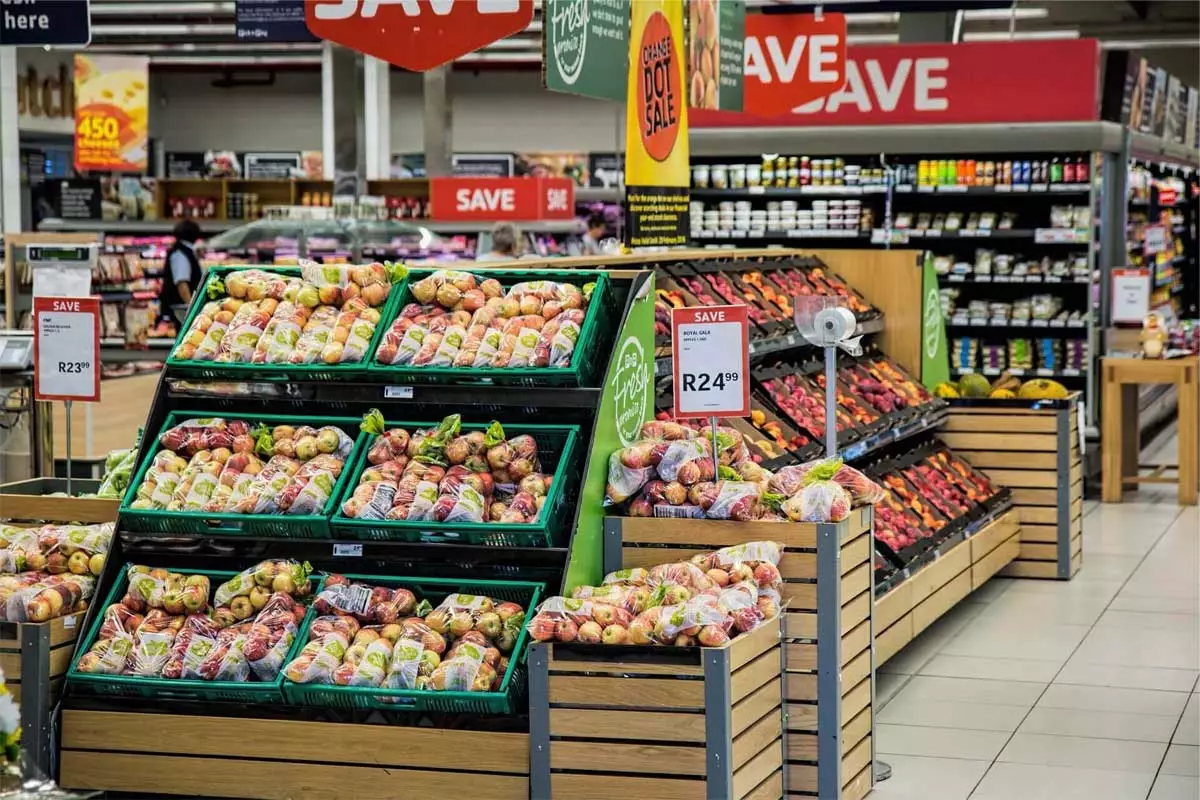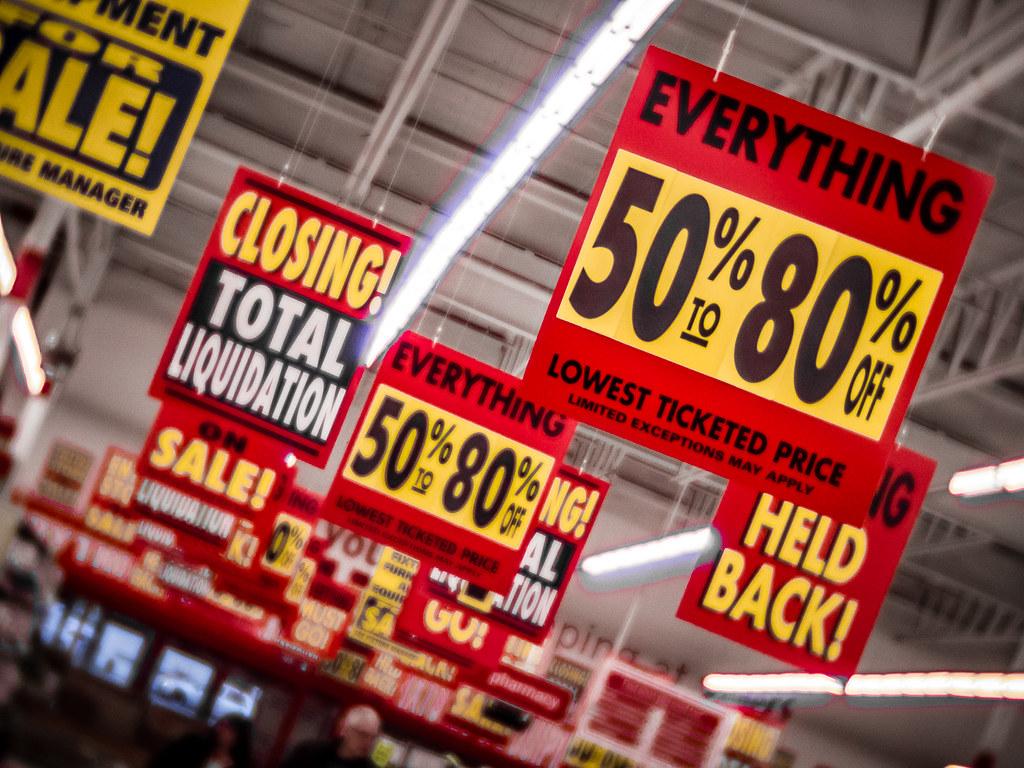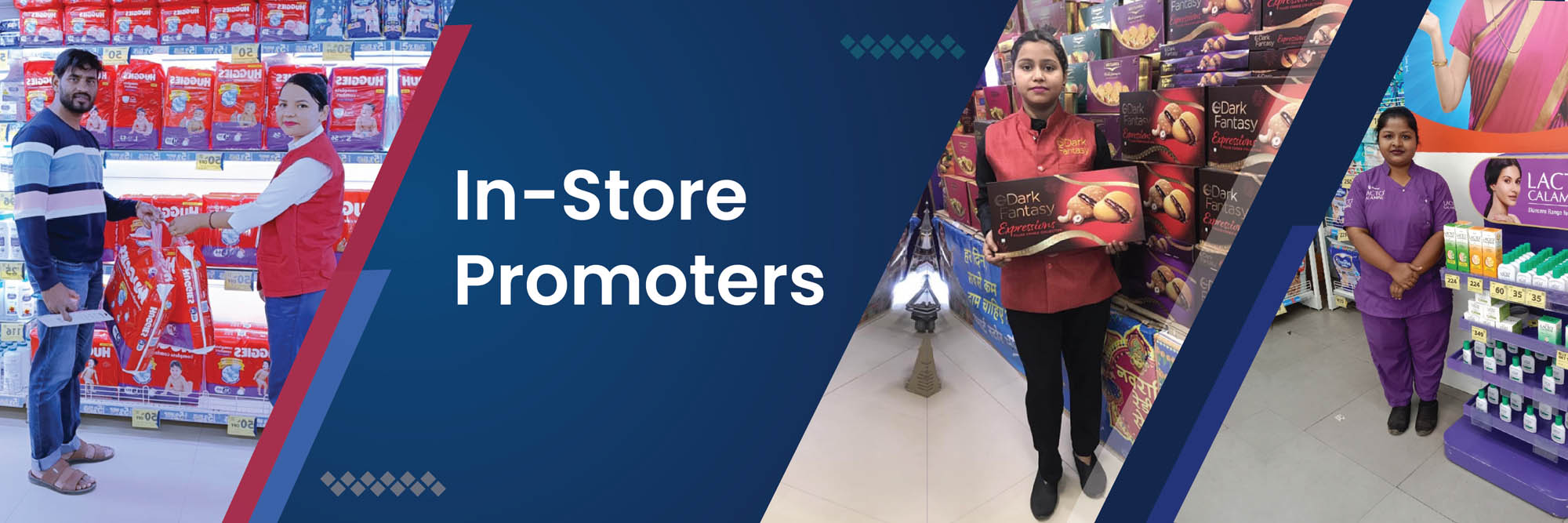The Effect of In Store Promotion on Sales Revenue|2025
Explore The Effect of In Store Promotion on Sales Revenue. Learn how strategic discounts, offers, and displays influence consumer purchasing decisions and drive business growth.
In-store promotion is a powerful marketing strategy that plays a critical role in driving sales revenue for businesses. By leveraging promotional tools such as discounts, product displays, samples, and loyalty programs, retailers aim to attract customers, increase purchase frequency, and enhance the shopping experience. In today’s competitive retail landscape, understanding the impact of in-store promotions on sales revenue is vital for creating effective strategies that maximize profitability. This paper delves into the various facets of in-store promotion and its influence on sales revenue, incorporating insights into consumer behavior, promotional techniques, and measurable outcomes.
Understanding In-Store Promotion
Definition and Purpose
In-store promotion encompasses a range of marketing activities conducted within a retail environment to boost product visibility, attract foot traffic, and incentivize purchases. Unlike traditional advertising, which targets a broad audience, in-store promotions focus on engaging shoppers who are already inside the store and are more likely to make a purchase. The primary goals include:
- Increasing Sales Revenue: Encouraging customers to buy more products or choose premium items.
- Boosting Brand Awareness: Highlighting specific products or brands to enhance their visibility.
- Improving Customer Experience: Creating a memorable and enjoyable shopping experience.
- Encouraging Impulse Purchases: Stimulating unplanned purchases through attractive deals and displays.
Key Types of In-Store Promotions
Discounts and Price Promotions
Discounts are among the most common in-store promotional techniques. By offering price reductions, businesses can appeal to cost-conscious shoppers, encourage bulk purchases, and clear out inventory. Examples include “buy one, get one free” (BOGO) deals, percentage discounts, and clearance sales. Studies show that discounts can significantly increase sales revenue by reducing perceived cost barriers and creating a sense of urgency.
Product Sampling
Sampling allows customers to try products before purchasing. This is particularly effective for new or unfamiliar products, as it reduces the perceived risk of buying. For example, offering free samples of a new snack can entice customers to purchase it, driving both trial and repeat sales.
Point-of-Sale (POS) Displays
Strategically placed displays at checkout counters or high-traffic areas can capture customers’ attention and encourage last-minute purchases. Eye-catching visuals, creative arrangements, and clear messaging contribute to the effectiveness of POS displays.
Loyalty Programs
Loyalty programs reward repeat customers with points, discounts, or exclusive offers. By fostering long-term relationships, these programs not only drive immediate sales but also increase customer lifetime value.
Seasonal Promotions
Seasonal promotions capitalize on holidays, events, or specific times of the year. For instance, back-to-school sales or holiday-themed discounts align with consumer demand, boosting sales during peak shopping periods.
Consumer Behavior and In-Store Promotion
Impulse Buying
In-store promotions often trigger impulse buying, a phenomenon where consumers make unplanned purchases due to emotional or psychological triggers. Factors such as attractive displays, limited-time offers, and the fear of missing out (FOMO) contribute to this behavior. According to a study by Nielsen, over 60% of shoppers make impulse purchases influenced by promotional tactics.
Perceived Value
Promotions enhance the perceived value of products, making them appear more affordable or desirable. For instance, bundling complementary items or offering discounts on premium products can encourage customers to perceive a higher value for their money, leading to increased sales revenue.
Brand Loyalty
While in-store promotions are often associated with attracting new customers, they can also reinforce brand loyalty. Exclusive offers for existing customers, such as members-only discounts, make shoppers feel valued, encouraging repeat visits and purchases.
Measuring the Impact of In-Store Promotion on Sales Revenue
To evaluate the effectiveness of in-store promotions, businesses must track key performance indicators (KPIs) that reflect their impact on sales revenue. Common metrics include:
- Sales Uplift: Comparing sales before, during, and after the promotion to assess incremental revenue.
- Foot Traffic: Monitoring the number of customers entering the store during promotional periods.
- Conversion Rate: Analyzing the percentage of visitors who make a purchase.
- Average Transaction Value (ATV): Calculating the average amount spent per customer.
- Customer Retention Rate: Measuring the percentage of repeat customers following a promotion.
Case Studies on In-Store Promotion Success
Grocery Stores and Sampling
A leading grocery chain implemented a sampling program for a new line of organic snacks. The program resulted in a 40% increase in product sales during the promotional period. Furthermore, over 25% of customers who tried the samples became repeat buyers within three months.
Electronics Retailers and Discounts
An electronics retailer launched a “Black Friday” promotion offering steep discounts on popular items. The campaign led to a 150% surge in sales revenue compared to the previous month, demonstrating the effectiveness of targeted price promotions.
Fashion Retail and Loyalty Programs
A fashion brand introduced a loyalty program where customers earned points for every dollar spent. Members of the program accounted for 60% of total sales revenue within a year, highlighting the importance of fostering customer loyalty.
Challenges in In-Store Promotion
While in-store promotions can significantly boost sales revenue, they also present challenges:
- Cost Management: High promotional costs, including advertising, staffing, and inventory adjustments, can reduce profit margins.
- Over-reliance on Discounts: Frequent price reductions may erode brand value and train customers to expect constant deals.
- Inventory Issues: Poor planning can lead to stockouts or excess inventory, negatively impacting customer satisfaction and profitability.
- Measuring ROI: Accurately assessing the return on investment (ROI) for in-store promotions requires robust data collection and analysis tools.
Strategies for Effective In-Store Promotion
- Targeted Promotions: Tailoring promotions to specific customer segments ensures relevance and maximizes impact. For example, offering student discounts or senior citizen deals aligns with targeted demographics.
- Personalization: Leveraging customer data to create personalized offers can increase engagement and conversion rates. Personalized coupons, based on past purchases, resonate more with shoppers.
- Omnichannel Integration: Combining in-store promotions with digital marketing efforts, such as social media campaigns or mobile apps, extends their reach and effectiveness.
- Employee Training: Educating staff about promotional campaigns enables them to assist customers effectively, enhancing the overall shopping experience.
- Innovative Displays: Investing in creative and interactive displays captures attention and encourages customers to explore products.
Future Trends in In-Store Promotion
As technology evolves, so do in-store promotional strategies. Key trends shaping the future include:
- AI and Data Analytics: Retailers are increasingly using artificial intelligence and data analytics to predict customer preferences and optimize promotional efforts.
- Augmented Reality (AR): AR-enabled displays and mobile apps allow customers to visualize products in real-world settings, enhancing their shopping experience.
- Sustainability Initiatives: Eco-friendly promotions, such as discounts for reusable bags or sustainable products, align with growing consumer demand for environmentally responsible practices.
- Mobile Integration: Mobile apps and push notifications deliver real-time promotional updates, driving foot traffic and engagement.
- Experiential Marketing: Creating immersive in-store experiences, such as live demonstrations or workshops, fosters deeper connections with customers.
Conclusion
In-store promotion is a cornerstone of retail strategy, with a profound impact on sales revenue. By understanding consumer behavior, leveraging diverse promotional techniques, and measuring outcomes effectively, businesses can craft compelling campaigns that drive both short-term sales and long-term growth. However, success requires balancing promotional costs, maintaining brand value, and staying attuned to evolving trends. As the retail landscape continues to change, embracing innovation and personalization will be key to maximizing the effectiveness of in-store promotions.
Needs help with similar assignment?
We are available 24x7 to deliver the best services and assignment ready within 3-4 hours? Order a custom-written, plagiarism-free paper




